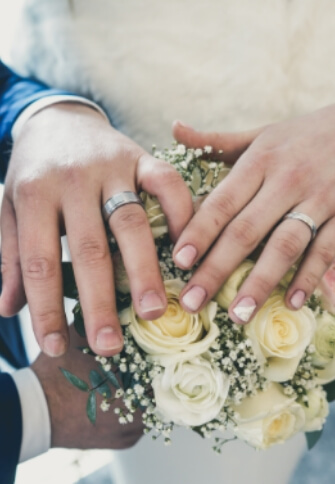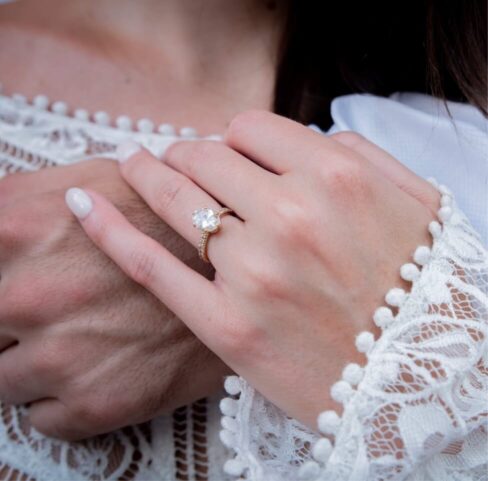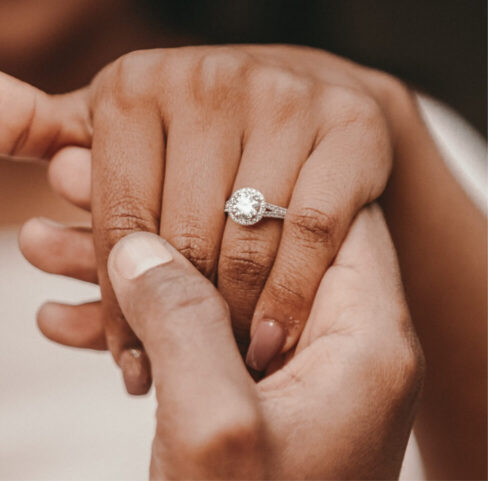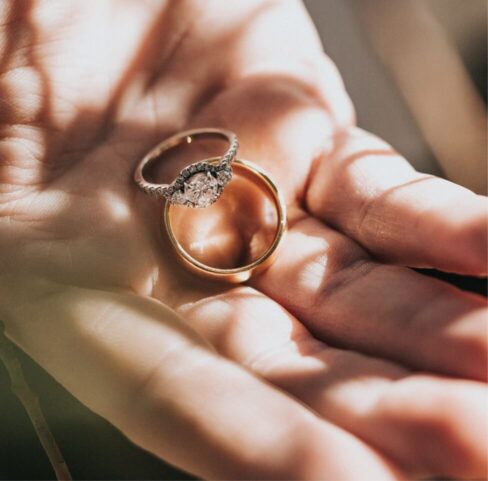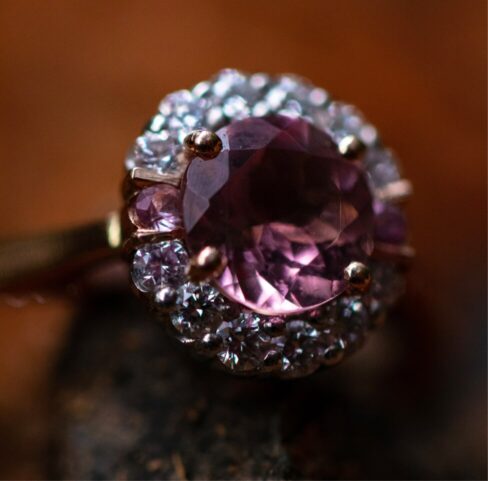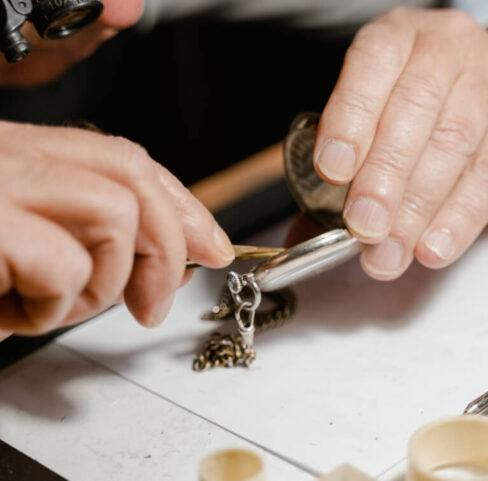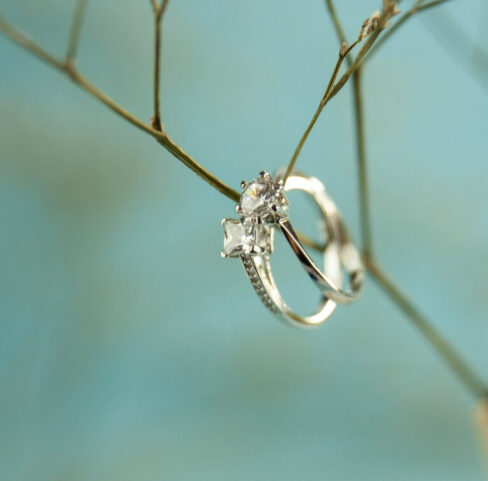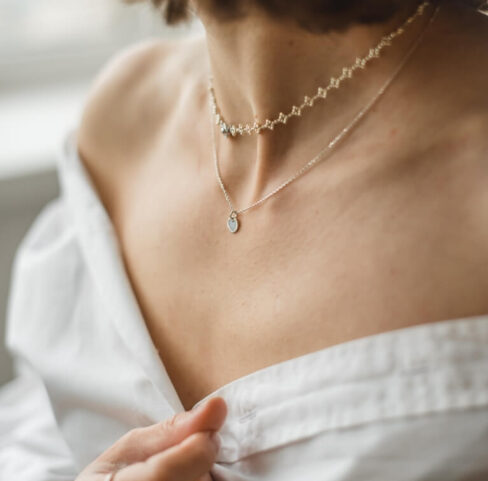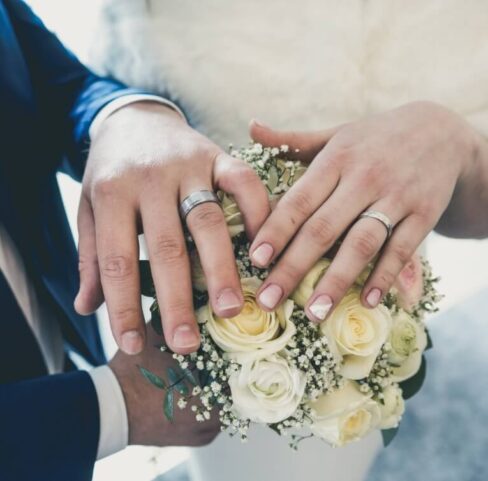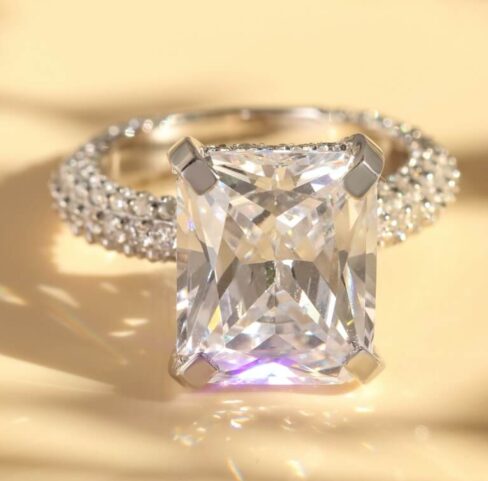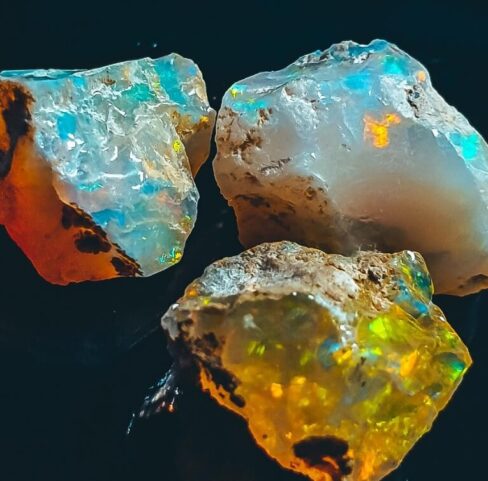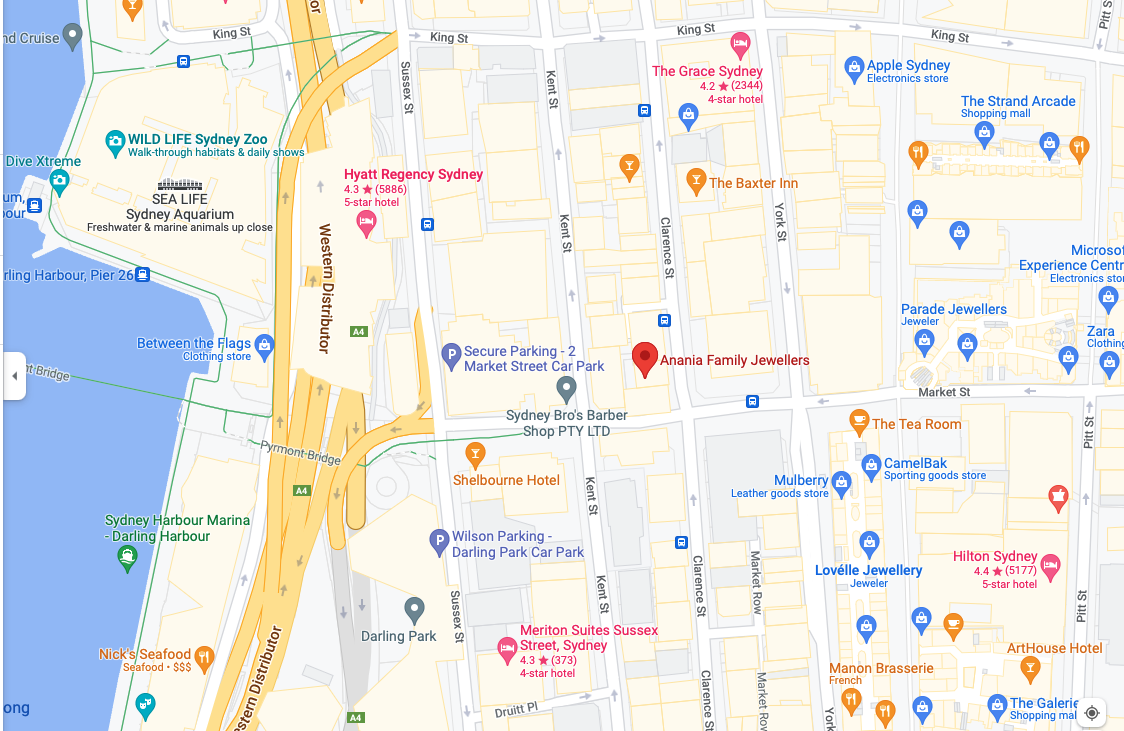Our Story
Welcome to Anania Jewellers; I’m Daniel Anania. My grandfather, Orfeo Anania a classically trained Italian master Jeweller, arrived in Sydney in 1955. The story goes that he arrived on a Monday and on the Tuesday already had a job making Opal Jewellery. This was the start of our family legacy. In 1965, he opened a small workshop in Sydney and was commissioned by Jewellery Retailers all over Australia to design and make Jewellery.
When he opened his workshop, he had already been a successful Jeweller for over 30 years. We know at the heart of being human is helping people and this is the heart of our generational legacy.
Read More About Our Story >

